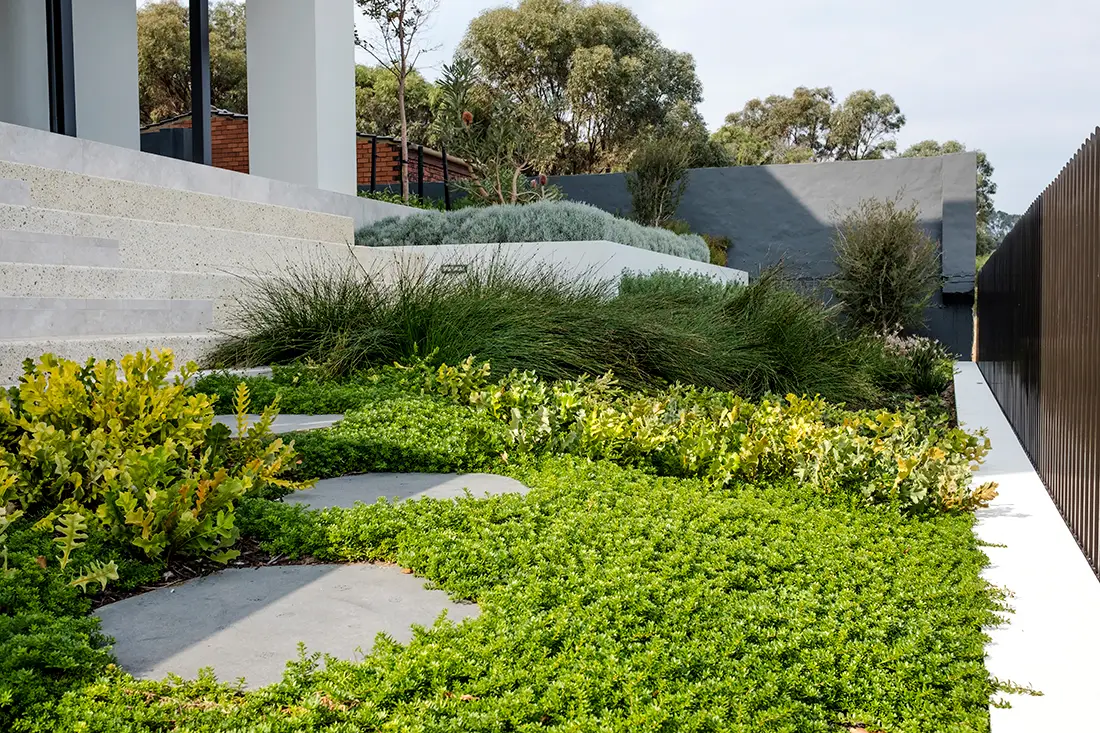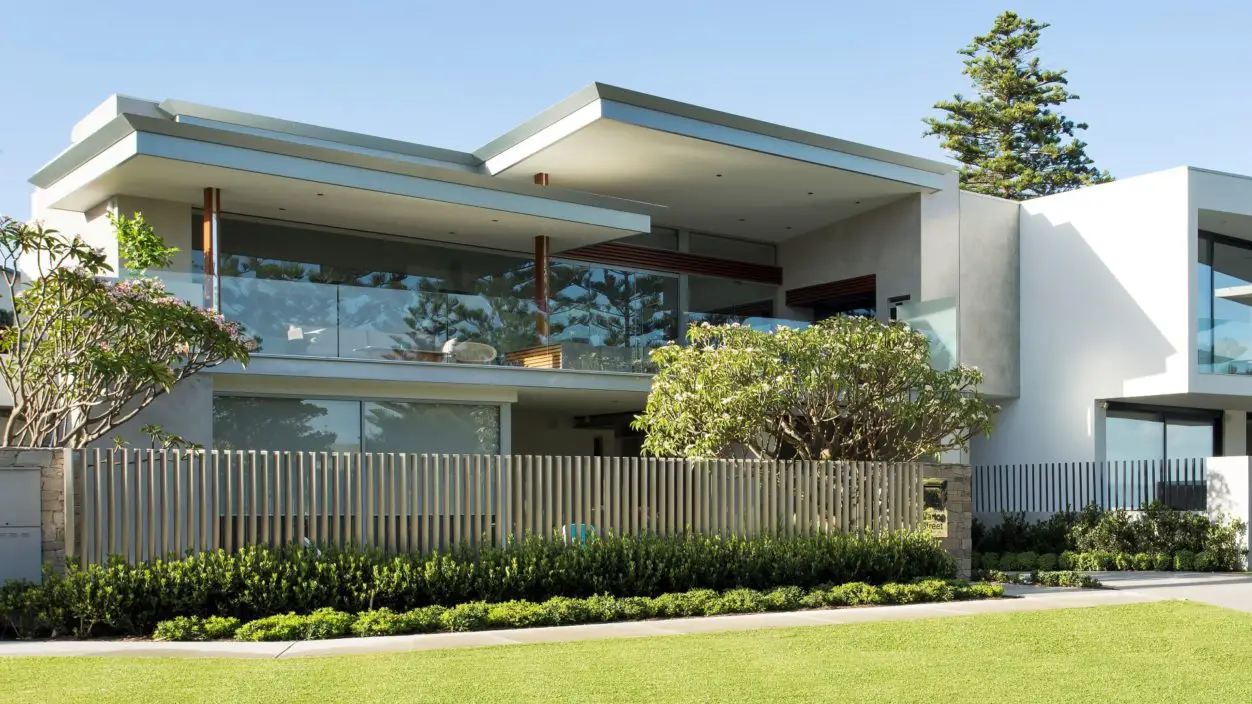Coastal living can make you feel like you’re on holiday every day. For creating a relaxed tranquil garden that works with the coastal conditions consider the following when planning your outdoor space.

Planting
When planting near the ocean the choice of species becomes noticeably different to those a few kilometres inland. Knowing the characteristics of each species will give you a better understanding of plants to use and those to avoid. Usually a native drought tolerant plant will adapt to the sandy soils and be able to deal with the harsh salty winds. Native species also grow organically, are low maintenance and are great for mass planting creating their own protection barrier. To create a planting buffer around a coastal garden uses a hardy plant species that can tolerate salt laden winds. These plants will take the brunt of the harsh weather conditions allowing weaker species of plants behind to grow more effectively. Take cues from dune vegetation. Low growing Pioneer species grow and shelter secondary planting which in turn shelter others, until a denser shrub like environment is created. This is why it is often difficult to find a tree species that is hardy enough to bear the brunt of front line landscaping in coastal gardens. It’s all about succession planting, and creating micro-climates to improve growing conditions.
Soil
Depending on how close you are to the ocean will depend on the amount of sand is in your soil. If your soil appears to be predominately sand, it will struggle to retain nutrients and water for the plants. Before planting make sure to add organic material like mulch and compost to enhance its density allowing it to hold the nutrients for longer. Adding clay will also improve the soil structure and aid in water and nutrient retention. Once the soil structure has been improved, maintain the plants by regular applications of a slow release fertilizer to promote healthy root and foliage development. Add additional organic matter whenever possible and always when planting new plants in the garden.
Materials
Due to the harshness of the coastal climate, many common materials in gardens require a lot of maintenance to avoid decomposing, eroding or rusting. Select materials that are hard wearing, and adequately treated to withstand the salt laden winds.
Stone is a great material for coastal gardens. Stone requires minimal maintenance, making it is perfect for retaining walls, seating or steps. In recent years composite or synthetic decking made from recycled plastics is the preferred choice to organic wood, as it requires little to no maintenance. These products can used for decking, fencing and feature walls. Aluminium is used extensively in coastal conditions. Aluminium can now be found in a variety of colours and finishes that imitate materials that would degrade mush faster in the harsh environment.
Design
The design of your coastal garden needs to be sympathetic to its the location and aspect. Consider these aspects when making planting selections and assessing the layout of your coastal garden; Assess where prevailing winds comes from, sun, shade and how winds funnel within the property. Boundary walls, fence

